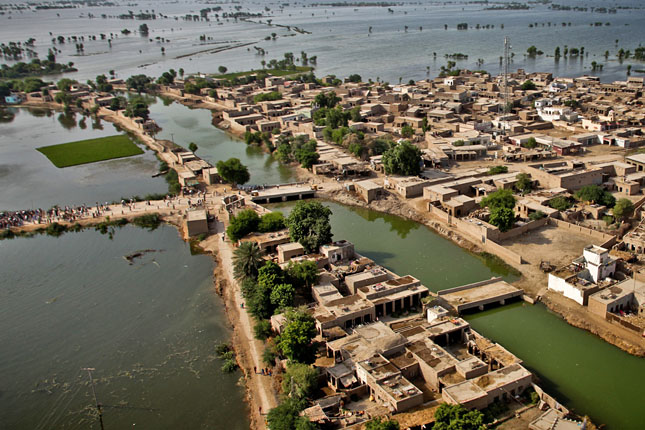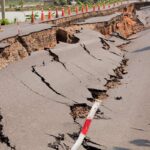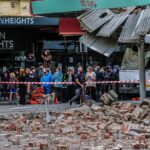The most common kinds of loss that are caused by an earthquake (depending on the severity) are:
Damage to structures
Causing partial or total collapse, damage to road and rail network, damage to utility carriers etc.
Sea activity
Water level in the sea could rise suddenly, causing very high waves, several meters in height, which could then flood the coastal areas. These could give rise to tsunamis, causing damage to coastal areas.
Landslide
As earth shakes, in mountainous regions, huge chunks of land could fall/slide onto lower regions of the mountains. This could have several impacts, including: changed topography, blocked roadways, damage to anything that comes in the way of the landslide, massive damage to the structure which sits on the piece of sliding land – and massing damage to the houses and roads where the piece of land finally lands. The landslide could also trigger another set of minor earthquakes.
Quake Lakes: In the earthquake in China (May 2008), landslides blocked Jiangjiang river, resulting in creations of (about 35) lakes. These lakes in turn posed severe threat of flooding downstreams – due to possible bursting. More than 1,50,000 people had to be evacuated – due to this threat of flooding.
Earthquakes typically impact a huge area, spanning whole city, and many times, several cities. The impact due to this is that besides the instantaneous damage to life and property at the time of the event, there is a long-drawn suffering.


